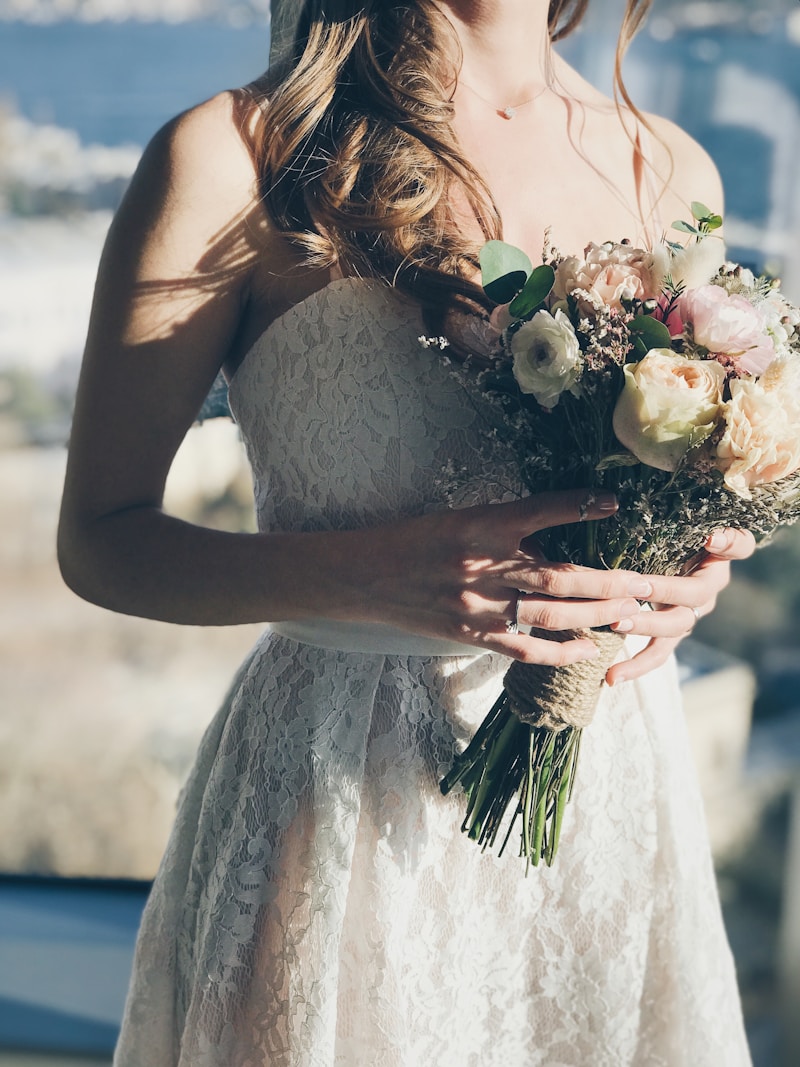Incorporating Local Customs into Wedding Ceremony: A Guide for a Unique Celebration
Incorporating Local Customs into Wedding Ceremony: A Guide for a Unique Celebration
Understanding the Importance of Local Customs in Weddings
Weddings are one of the most celebrated events in a person's life, marking the union of two individuals and their families. However, the way these ceremonies are conducted can vary greatly across different cultures and regions. Incorporating local customs into your wedding ceremony is a fantastic way to honor your heritage, connect with your roots, and create a memorable experience for you and your guests.
Why Are Local Customs Important in Weddings?
Local customs enrich wedding ceremonies, making them more personal and meaningful. These traditions often encapsulate the values and beliefs of a community, adding depth to the celebration. Embracing local customs not only showcases your culture but also strengthens the bond between families.
Popular Local Customs from Around the World
Each region has its unique wedding customs that can be incorporated into the ceremony. Here are some popular local wedding customs:
| Region | Custom | Description |
| India | Seven Circles (Saptapadi) | The couple circles a sacred fire seven times, with each circle representing a vow taken together. |
| Japan | Shinto Ceremony | A traditional ceremony where the couple pays respect to their ancestors and the gods, often involving sake sharing. |
| Mexico | Lasso Ceremony | A rope or lasso is placed around the couple to symbolize their unity and everlasting commitment. |
| Scotland | Handfasting | The couple’s hands are tied together with a ribbon to signify their binding vows. |
Researching Your Local Customs
Before incorporating any local customs into your wedding, it’s crucial to research and understand their meanings. Consider consulting family members or cultural experts to ensure authenticity. This not only enriches the ceremony but also helps you avoid misinterpretations of the customs.

How to Incorporate Local Customs in Your Wedding Ceremony
Integrating local customs into your wedding ceremony requires careful planning. Here are several ways to do this effectively:
1. Select Key Customs to Include
Choose the customs that resonate with you and your partner the most. These could be practices from your family's background, your partner's heritage, or even customs from your local community. Focus on a few that you believe will enhance the ceremony rather than trying to incorporate everything.
2. Consult Local Professionals
Enlist the help of local wedding planners, officiants, or cultural coordinators who have experience with the customs you want to include. They can provide valuable insights and help ensure the elements are executed authentically.
3. Personalize the Ceremony
While adhering to local customs, consider adding your personal touches. Create a narrative that weaves in your story as a couple, making the ceremony feel unique. Perhaps you could share a moment from your relationship that aligns with a chosen custom.
4. Educate Your Guests
Many of your guests may not be familiar with the customs you’ve chosen to include. Take the time to explain their significance in your wedding program, or even consider having someone narrate their importance during the ceremony. This will enhance their participation and appreciation.
Sample Local Customs to Inspire Your Ceremony
Here are some inspiring examples of how local customs can be beautifully incorporated into wedding ceremonies:
1. The Unity Candle
A popular custom in many Western cultures involves lighting a unity candle during the ceremony. Each partner lights their own candle and then together lights a central candle, symbolizing their union.
2. The Breaking of the Glass
In Jewish weddings, the groom traditionally breaks a glass as a way to remember the destruction of the Temple in Jerusalem and to signify the fragility of relationships. It’s a unique and powerful reminder of life’s ups and downs.
Challenges in Incorporating Local Customs
While incorporating local customs can enrich your wedding, it’s essential to be aware of potential challenges:
1. Cultural Sensitivity
Misunderstanding a local custom can lead to cultural appropriation or offend community members. It’s crucial to educate yourself and approach the customs with respect.
2. Integrating Diverse Customs
If you and your partner come from different backgrounds, integrating diverse customs may prove complex. Carefully plan how you will celebrate both heritages in a way that feels inclusive and respectful.
Conclusion: The Beauty of Personalization
Incorporating local customs into your wedding ceremony creates a rich tapestry of meaning and connection. This not only celebrates your culture and family heritage but also fosters a sense of community among your guests. As you plan your ceremony, remember the importance of sensitivity and authenticity. Each custom you choose to incorporate should resonate with you as a couple and enhance the overall experience for everyone involved. The joy of customizing your wedding celebration lies in the stories you tell, the traditions you uphold, and the love that binds you together.
When you prepare for your wedding, consider the customs that best represent your union. Don’t shy away from reaching out to family and local experts; their insights are invaluable. Celebrate not just the joining of two individuals but the weaving together of families, cultures, and histories. May your wedding be a beautiful reflection of your love and a memorable day filled with joy and meaning.
